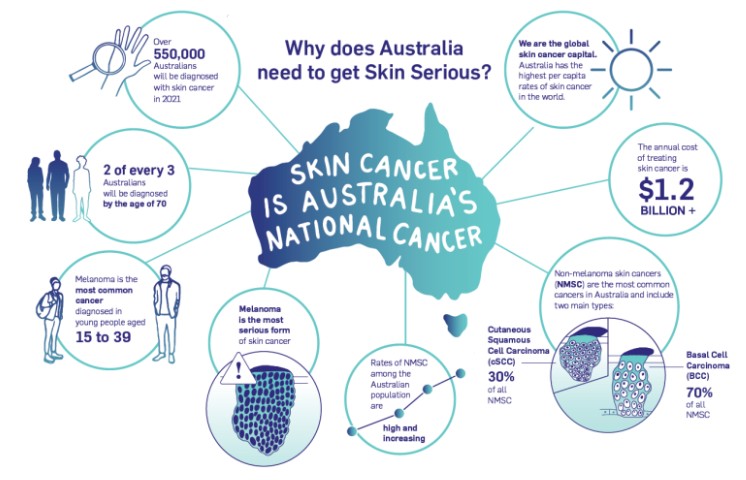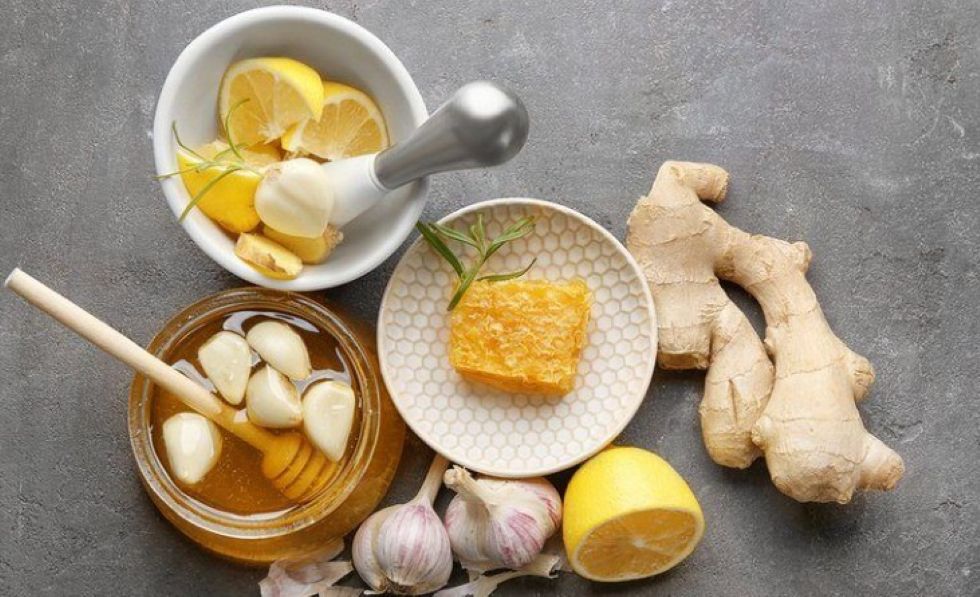Are you seeing changes to your skin as the temperature drops? We’ve got you covered.
As the temperature drops, we see a resurgence of warm, cosy clothing. Coats and boots get brought out from the back of the closet, and jumpers become a part of our daily ensemble.
We also tend to crank up the heater, or perhaps nudge the hot water of our shower or bath up a little. While they all give us that warm, fuzzy feeling, it may not be doing great things for our skin.
Without the humidity that we experience in the warmer months, our skin finds it difficult to retain moisture. This may lead to dry, flaky skin and possibly even eczema and dermatitis flare-ups.
“Winter is the time to prioritise hydration, nourishment, and protection to maintain skin resilience. Supporting the skin barrier with the right products helps prevent moisture loss, reduce irritation, and keep your complexion healthy and supple throughout the colder months,
So, needless to say, it’s important to know how to counteract the brutality that the cooler season brings. Here are eight tips to avoid dry skin in winter.
1. Limit the heat
First and foremost, it’s important to remember that dry skin lacks oil, while dehydrated skin lacks water. The two can often overlap, especially in winter.
“During winter, skin is exposed to harsh external conditions like cold winds and low humidity, along with drying indoor heating. These environmental stressors can compromise the skin’s barrier, leading to increased dryness, flakiness, and sensitivity,” Lucy explains.
So, unfortunately, having the heater on a toasty 24 degrees might keep your home warm, but it isn’t doing your skin any favours. Heating will naturally reduce the humidity in the air, and therefore can play a part in dehydrated skin. Low humidity “depletes skin of its natural oils, so water escapes out of this barrier, and skin becomes dehydrated.”
Keep the heater at 20-22 degrees will ease the chill in the air without drying out your skin too much. Alternatively, humidifiers will help reintroduce some moisture back into the air, which minimises the damage that prolonged exposure to heating can cause.
2. Keep the showers warm, not hot
Let’s face it, a steaming hot shower might seem like the perfect way to warm up at the start or end of the day, but it could be doing your skin more harm than good. In fact, a study has shown that hot water negatively impacts the skin barrier.
Spending too much time in the bath or shower under hot water can cause your skin to dry out due to the lack of natural oils in the skin. By keeping showers short and with lukewarm water, you’re less likely to see your skin stripped of its natural oils.
3. Avoid irritating ingredients
Speaking of bathing, winter is a great time to rethink the soap you’re using. Heavily fragranced or harsh soaps could lead to dry, irritated skin.
“It’s important to focus on ingredients that not only hydrate but also support the skin’s natural barrier function,” Look for humectants like hyaluronic acid and glycerin, which draw moisture into the skin, and emollients such as squalane oils, or fatty acids to smooth and soften.”
Switching to a gentle, hydrating body wash may help ease the effects of the harsh winter elements. Look for something which are both soap and fragrance-free. Don’t worry, you’ll still feel clean when stepping out of the shower, just without the tight, itchy feeling of dry skin.
4. Swap to a chemical exfoliant
Winter might mean our skin is more likely to be dry and dehydrated, but that doesn’t mean we can’t still be glowy. “Keep up regular exfoliation to allow hydrating ingredients to penetrate into the skin and to prevent buildup that can lead to breakouts,”
However, harsh physical exfoliants might not be the way to go in winter. A gentle exfoliant will gently remove dead skin cells without being too aggressive on the skin.
5. Add an oil
As we mentioned before, dehydrated skin is a lack of water, but dry skin is a lack of oil. An easy way to combat this is to add oil to your skincare routine.
Whether you prefer to add an oil to your morning or evening routine — or both, if you’re particularly dry — a body or face oil will give your skin an extra boost of hydration.
Look for antioxidants like plant-derived squalane like a squalene oil, it will help to protect the skin from water loss while deeply hydrating the skin.
6. Layer your hydration
If we’ve learned one thing, it’s that hydrating needs to be amped up in winter. The best way to do this, James advises, is by layering our hydration.
“Step one is about infusing the skin with hydrating ingredients which help hold water and give the skin bounce, such as hyaluronic acid and glycerine. Step two is where we lock all these wonderful ingredients into the skin with ingredients such as ceramides and beeswax, as well as jojoba, grapeseed, avocado and sunflower oil.”
To lock in the hydrating ingredients, consider switching to an occlusive facial moisturiser if you aren’t using one already. An occlusive moisturiser will form a protective barrier on the skin to prevent moisture loss.
“For an extra boost, occlusive ingredients like shea butter help seal in hydration and protect against environmental aggressors.
7. Nourish your body, too
Have you ever looked at your arms or legs in winter, only to realise they look a little … scaly? Perhaps you’ve seen white marks on your clothes and thought it was deodorant residue, only to realise it’s, unfortunately, dead skin cells.
To combat dry limbs, reach for nourishing, rich cream in winter, rather than a standard lotion. If you’re not particularly dry, a lightweight lotion might suffice. However, body creams or body butters will contain more oil, and therefore feel richer and heavier on the skin.
Incorporating a product such as a rich body cream right after your shower, while your skin is still warm, will help to relieve dry skin.
8. Don’t skip the sunscreen
Despite there being less daylight, it’s still important to ensure you’re wearing sunscreen. In Australia, our UV index can reach extreme levels even without sunshine.
“SPF is still essential. UV rays can penetrate through clouds and windows, so applying broad-spectrum sunscreen daily remains a vital step for healthy, glowing skin all year round.
UV rays can also reflect off surfaces such as water and concrete. So, no matter the weather or temperature, make sure you’re still following the five sun protection measures.









